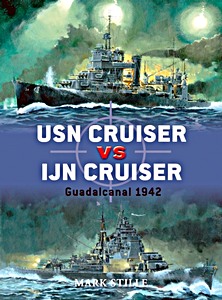The Japanese Battleship Musashi (Super Drawings in 3D)
The "Musashi" was built by the Mitsubishi shipyard in Nagasaki and entered service with the Japanese Navy in 1942. This book in the "Super Drawings in 3D" series describes the design, armament and career of this very heavily armed Japanese battleship, sister ship to the "Yamato".
A volume in the Super Drawings in 3D Series. With ground-breaking 3D imagery, each corner, angle, and dimension of the ship is viewable.
With various close-up views, and each 3D image based on actual technical scale drawings and photographs, this is an exceptional reference tool.
Information on the design, development and combat history of the vessel is also included, as well as numerous photographs and scale drawings.
Detalles del libro
| Autor: | Carlo Cestra |
|---|---|
| Presentación: | 88 páginas, 29.5 x 21 x 0.5 cm, tapa blanda |
| Ilustración: | 123 dibujos por ordenador y 3D y color, fotos b/n, dibujos a escala |
| Editor: | Kagero Oficyna Wydawnicza (PL, 2017) |
| Serie: | Super Drawings in 3D |
| ISBN: | 9788365437235 |


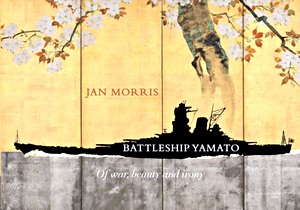
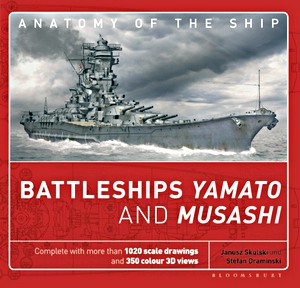
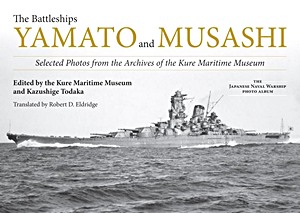
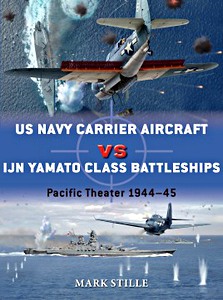


![[NVG] Imperial Japanese Navy Heavy Cruisers 1941-45](../afb/BLB/9781849081481.jpg)

![[NVG] Imperial Japanese Navy Light Cruisers 1941-45](../afb/BLB/9781849085625.jpg)
